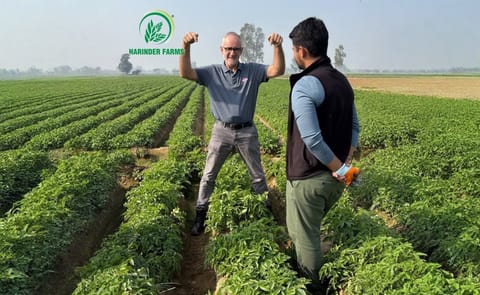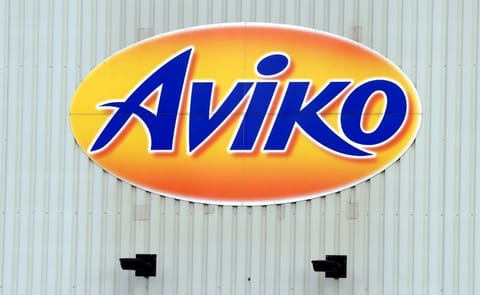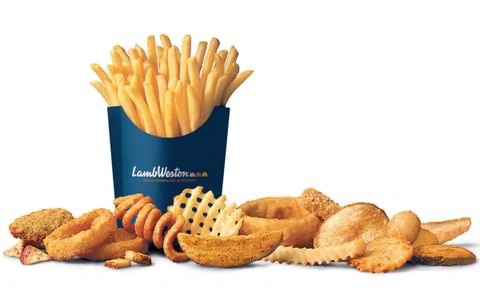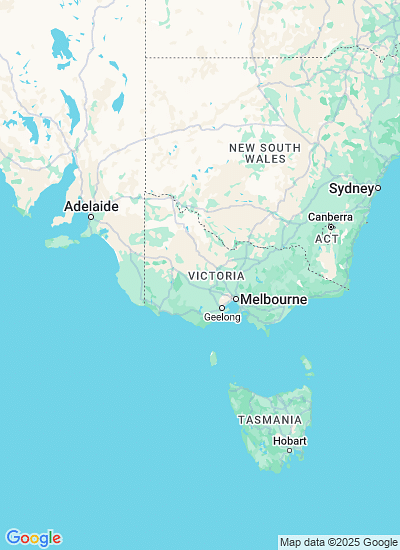Potato Cyst Nematode (PCN)-infested roots under high magnification. Cysts, the bodies of female nematodes containing nematode eggs, are initially yellow and darken with age.
Courtesy: Pests and Diseases Image Library (PaDil) Australia
Analysis of historical specimens shows single origin of Australian Potato Cyst Nematodes

Potato cyst nematodes (PCN) are quarantine soilborne pests that damage potatoes around the world, stunting plants and reducing yields. PCN results in losses of 9% of total potato production in Europe and can cause total losses in other regions of the world.
Because PCN is recognized as a significant threat to food security, countries not known to be infected with PCN have rigid regulations governing the importation of host material or other products that might carry the pest, and countries with a known PCN presence, such as Australia, pay the price.
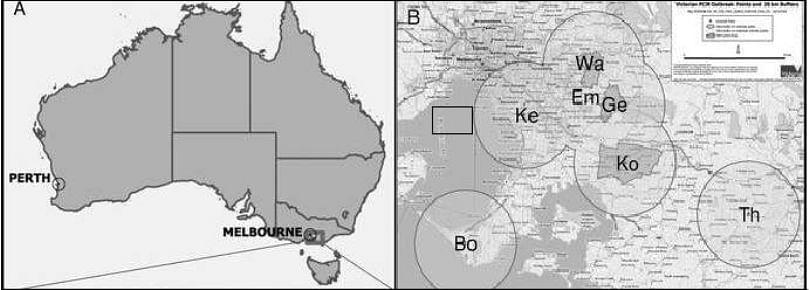
A, Map of Australia indicating the locations of potato cyst nematode (PCN) incursions in Western Australia (Perth, now eradicated) and Victoria (Melbourne, currently established); lines on map indicate Australian state boundaries. B, Victorian quarantine zones (gray) and 20-km controlled areas (circles) which historically involved restricted movement of potato material and extra hygiene restrictions around PCN outbreaks. Location abbreviations: Bo = Boneo, Em = Emerald, Ge = Gembrook, Ke = Keysborough, Ko = Koo Wee Rup/Cora Lynn, To = Thorpdale, and Wa = Wandin. (Courtesy: American Phytopathological Society)
Associated Publication
Mark J. Blacket et al, Molecular Assessment of the Introduction and Spread of Potato Cyst Nematode, Globodera rostochiensis, in Victoria, Australia Phytopathology (2018)They discovered very little differentiation between the distinct PCN populations, suggesting a single localized introduction into Victoria followed by limited spread to nearby areas. They also discovered that Australian PCN appears genetically distinct from previous populations sampled worldwide.
These findings suggest that the strict quarantine control measures involving increased hygiene and restricted movement appear to have been effective in stopping the spread of PCN. The research also reveals that Australia's strict requirements around potato imports since the 1980s has effectively prevented any further introductions of the pest.
This research also shows how historical specimens can be re-examined with modern scientific technologies to answer important plant biosecurity questions, such as origin and spread of pests and pathogens, stressing the important of retaining specimens in well-curated reference collections and herbaria for future study.

